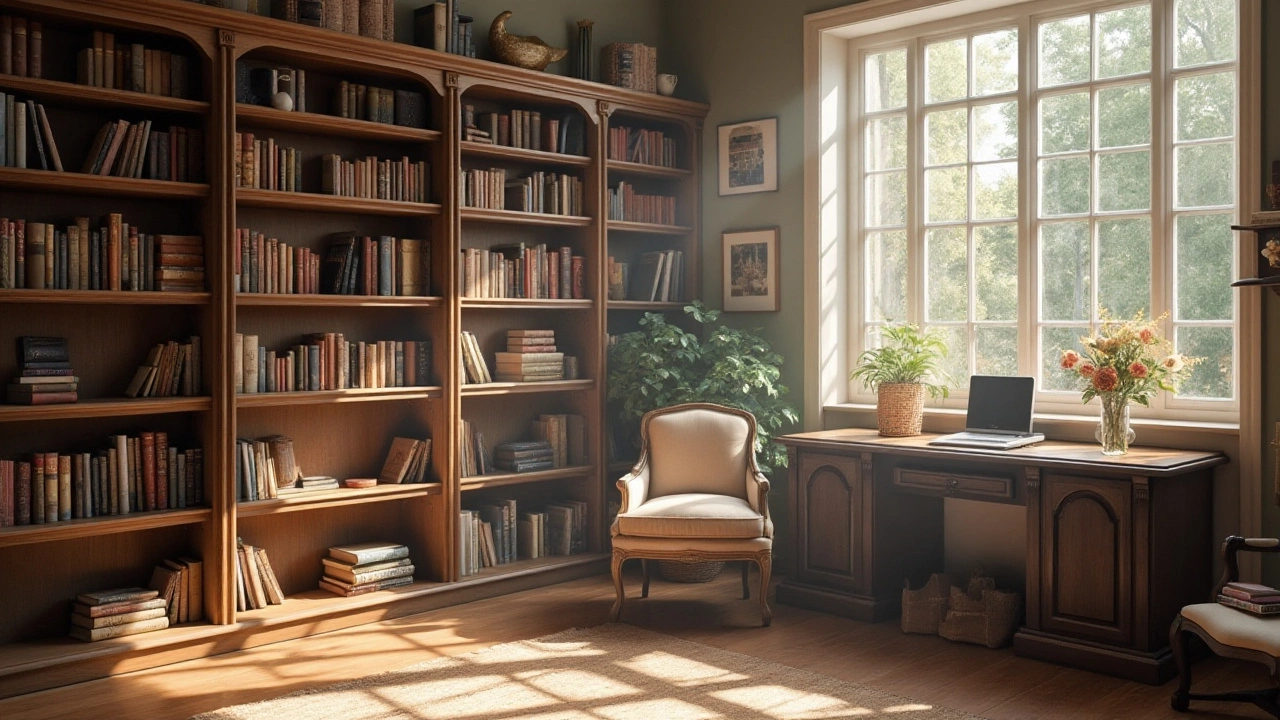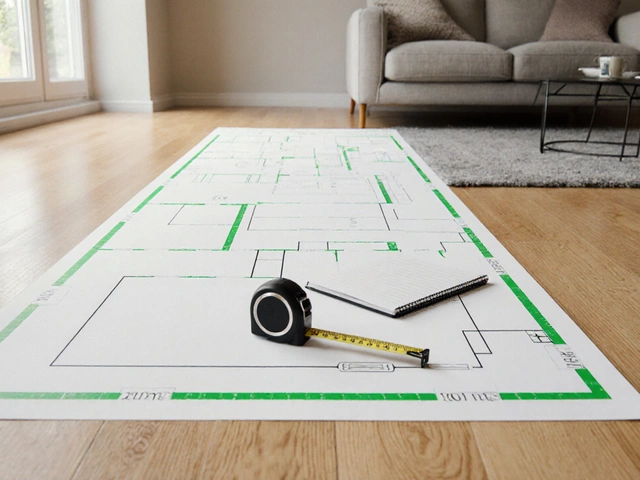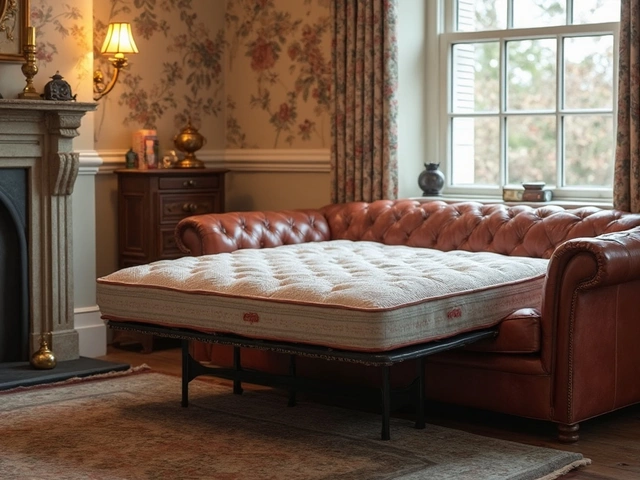How to Stabilize a Bookcase for Safer Classrooms
Ever notice a wobbling bookcase in a classroom? That little shake can turn into a safety risk. Luckily, fixing it is easy and cheap. Below are the most practical steps you can take right now to make any bookcase solid and reliable.
Check the Floor and Level the Shelf
First thing – look at the floor. Uneven floors are the main cause of wobble. Use a small spirit level placed on the top of the bookcase. If the bubble isn’t centered, the unit is off‑balance. Grab a shim (a thin piece of wood or cardboard) and slide it under the low leg until the level reads flat. For heavier units, you might need a set of adjustable feet that screw in and out.
Don’t forget to tighten any loose screws on the back panel or side brackets. Loose hardware can let the whole frame shift over time, especially when kids pull books out quickly.
Anchor the Bookcase to the Wall
Anchoring is the safest move, especially for tall bookcases that reach above a child’s head. Most school‑grade bookcases have pre‑drilled holes in the back for this purpose. Grab a stud finder, locate the studs behind the wall, and drill a short pilot hole through the back panel into the stud. Then drive a metal anchor or a heavy‑duty bracket into the hole and screw the bookcase in place.
If studs aren’t available, use a wall anchor rated for the weight of the unit. Follow the anchor’s instructions and make sure the screw is long enough to hold firm.
Use Brackets or L‑Shaped Supports
For bookcases that sit on a carpeted floor or lack built‑in anchoring points, add L‑shaped brackets to the top corners. These brackets keep the top from pulling away from the wall if the unit shifts. Screw the bracket into the back panel, then screw the other side into the wall. This creates a triangle of support that’s hard to tip over.
Even a single bracket in the middle can stop the whole thing from swaying when kids reach for books on the highest shelf.
Keep It Light and Organized
Overloading the top shelf is a common mistake. Heavy textbooks should stay on lower shelves where the base can support the weight. Spread lighter items like magazines or decorative pieces on the upper rows. Balanced loads keep the centre of gravity low and reduce stress on the frame.
Regularly check the bookcase for signs of wear – cracked shelves, bent brackets, or rusted screws. Replace any damaged parts before they cause a bigger problem.
Tools You’ll Need
All of these fixes can be done with a basic toolbox: a spirit level, drill with appropriate bits, screwdriver, wall anchors or studs, shims, and L‑brackets (often sold in packs at hardware stores). If you’re not comfortable with drilling into walls, ask a maintenance staff member for help.
Taking a few minutes to stabilize a bookcase makes a big difference. It protects students, extends the life of the furniture, and gives teachers peace of mind that the classroom is safe.
Ready to get started? Grab your tools, follow the steps, and enjoy a sturdy, wobble‑free bookcase that supports learning for years to come.





